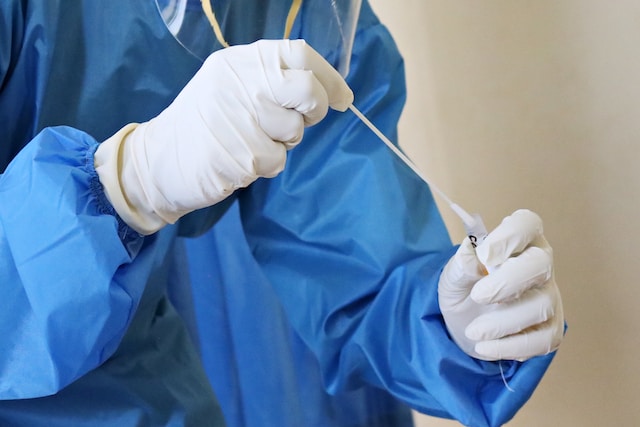Sepsis is the third most common cause of disease-related death in the United States.
Bacterial infections are the most common cause of sepsis. But viral infections, though associated with less severe outcomes, may also result in this life-threatening condition. And COVID-19 has increased the incidence of viral sepsis, making it important to understand this distinct type of sepsis.
What is viral sepsis?
Sepsis is the body’s chaotic response to infection. The normal immune response involves protein immune mediators in the blood that help to fight infection. When this immune response goes awry, as a result of an infection or injury, these mediators trigger widespread inflammation and cause leaky blood vessels and blood clots. If blood flow then becomes obstructed, organs are deprived of their nutrient supply, resulting in organ failure.
Patients with severe cases of COVID-19, particularly those requiring ICU admission and mechanical ventilation, are at the highest risk for developing sepsis. The risk factors for viral sepsis include:
- Advanced age
- Pre-existing medical conditions, such as heart disease and diabetes
- An already weakened immune system
There has been a spectrum of clinical manifestation postulated to support the evolution of viral sepsis in patients with COVID-19 that occurs when the immune system responds chaotically to infection.
How does COVID-19 become viral sepsis?
The chaotic event that plays a critical role in the evolution of COVID-19 to viral sepsis is known as a cytokine storm. More specifically, an uncontrolled release of pro-inflammatory cytokines, or small proteins, take control of the body’s immune response. This storm can create havoc for individuals with COVID-19, causing a systemic response that includes high fever and a diffuse inflammatory response.
For example, the cytokine storm has been found to be responsible for damaging the epithelial lining of lungs and contributing to clinical consequences outside of the lung, in the heart, liver, kidneys, brain, eyes, and skin.
How is it diagnosed?
Diagnosing sepsis in COVID-19 patients is often challenging as the symptoms that arise are not always clear and can arise rapidly. Prompt recognition leading to an early diagnosis is crucial for the best outcome.
Indicators of sepsis
- A persistently high fever
- Respiratory distress (shortness of breath, rapid breathing, and low oxygen levels)
- Elevated heart rate
- Low blood pressure
- Confusion
- Multi-organ failure
These signs and symptoms are not exclusive to COVID-19 and may be secondary to any number of infections.
Contributors to viral sepsis include influenza and the SARS-CoV-2 virus, which is responsible for COVID-19. With viral replication, the respiratory system is damaged and may result in pneumonia and acute respiratory distress syndrome (ARDS), both of which may require mechanical ventilation. This disruption of the respiratory system triggers a chain reaction in which inflammatory mediators take over the bloodstream.
Inflammatory biomarkers such as C-reactive protein (CRP) and procalcitonin can be tested in serum and monitored if sepsis in a COVID-19 patient is suspected.
How is it managed?
Management of viral sepsis in COVID-19 patients is multi-faceted and begins with supportive care, which ranges from intravenous fluids and electrolytes, to antiviral drugs, like Remdesivir, and corticosteroids, which are immune-suppressing medications. In advanced cases, anticoagulants are used to treat and prevent microthrombus formation. Patients in need of hemodynamic support may require mechanical ventilation for lung recovery.
Best known ways to prevent severe outcomes related to COVID-19 infection include practicing good hygiene, following public health guidelines, and getting vaccinated. In the case symptoms arise, urgent medical attention to receive prompt medical care is recommended.
What are the long-term effects?
The long-term implications left upon those who have recovered from COVID-19 infection, with or without viral sepsis, are still not entirely understood. Lingering health issues related to “long COVID” or post-acute sequelae of SARS-CoV-2 infection, include chronic fatigue, cognitive difficulties often described as brain fog, respiratory problems, and post-traumatic stress disorder (PTSD).
Despite ongoing uncertainties, vaccines have proven to be effective in reducing severity of the disease, hospitalizations, and decreasing the potential risks associated with developing viral sepsis.




